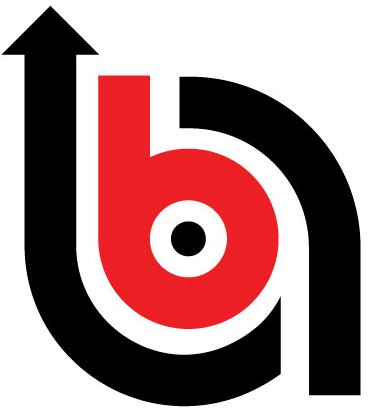MUMBAI: India has earned a long-term credit rating upgrade from Morningstar DBRS, moving up from ‘BBB (low)’ to a full-fledged ‘BBB’.
This marks a meaningful step within the investment-grade category, reaffirming investor confidence in India’s ability to repay its debts – even if vulnerabilities remain during global shocks.
A ‘BBB’ rating is solidly investment-grade, signaling that India is considered a reliable borrower, though not yet among the elite. It sits below ‘BBB+’ and two rungs under the ‘A’ band, meaning there’s room to grow, but also resilience already in place.
This upgrade also brings a change in tone: the agency revised India’s credit outlook to ‘Stable’ from ‘Positive’, suggesting that the current rating is likely to hold steady for the foreseeable future—neither immediate upgrade nor downgrade expected unless conditions shift notably.
Short-term rating
In parallel, India’s short-term rating has improved to R-2 (high) from R-2 (middle). This tier suggests strong capacity to meet short-term financial obligations – an encouraging sign for lenders and investors alike.
Morningstar DBRS cited a suite of structural shifts underpinning the decision:
- Sustained economic growth post-COVID (averaging 8.2 per cent between FY22–FY25),
- Fiscal consolidation, with the combined deficit of Centre and States dropping from 13.1 per cent of GDP in FY21 to 7.9 per cent in FY24,
- Improved banking health, with NPAs falling to a 13-year low of 2.5 per cent,
- Inflation under control, currently at 3.3 per cent, well within RBI’s 2–6 per cent target,
- Strong forex reserves at $677 billion,
- Digital momentum, with JAM trinity and UPI widening financial access.
Despite geopolitical tensions, including border disputes with Pakistan (which has subsided with the announcement of truce today), DBRS does not anticipate major credit risks stemming from these.
However, the report also raises a red flag: India’s public debt remains high at 80.2 per cent of GDP, alongside persistent fiscal deficits. DBRS indicates that future upgrades would depend on further debt reduction, deeper reforms, and policies that sustain long-term growth. Conversely, a slip in macroeconomic discipline or rising debt burdens could trigger a downgrade.
What does ‘BBB (low)’ vs. ‘BBB’ mean?
In DBRS’s rating hierarchy, ‘BBB (low)’ is the lowest rung of the ‘BBB’ category – just a notch above speculative or “junk” grade. The move to ‘BBB’ represents a step up within the same tier, not a leap to the next bracket, but still symbolically important.



